
Art Scatter’s chief correspondent, Martha Ullman West, keeps a sharp and steady eye on the dance world for a variety of publications. A week ago she reviewed the opening of Oregon Ballet Theatre‘s “Chromatic Quartet” program for The Oregonian. (Art Scatter’s Bob Hicks followed with this take on Oregon Arts Watch.) Then, on Friday night, Ullman West returned to the Newmark Theatre to see what a week’s experience and some different casting had done to the show. Sometimes, quite a bit. Here’s her report.
*
By Martha Ullman West
Just as you think you can’t stand to see Lambarena again, ever, Yuka Iino dances the lead female role with such charm, such energy, such abandon and such pleasure, you want to see her do it again.
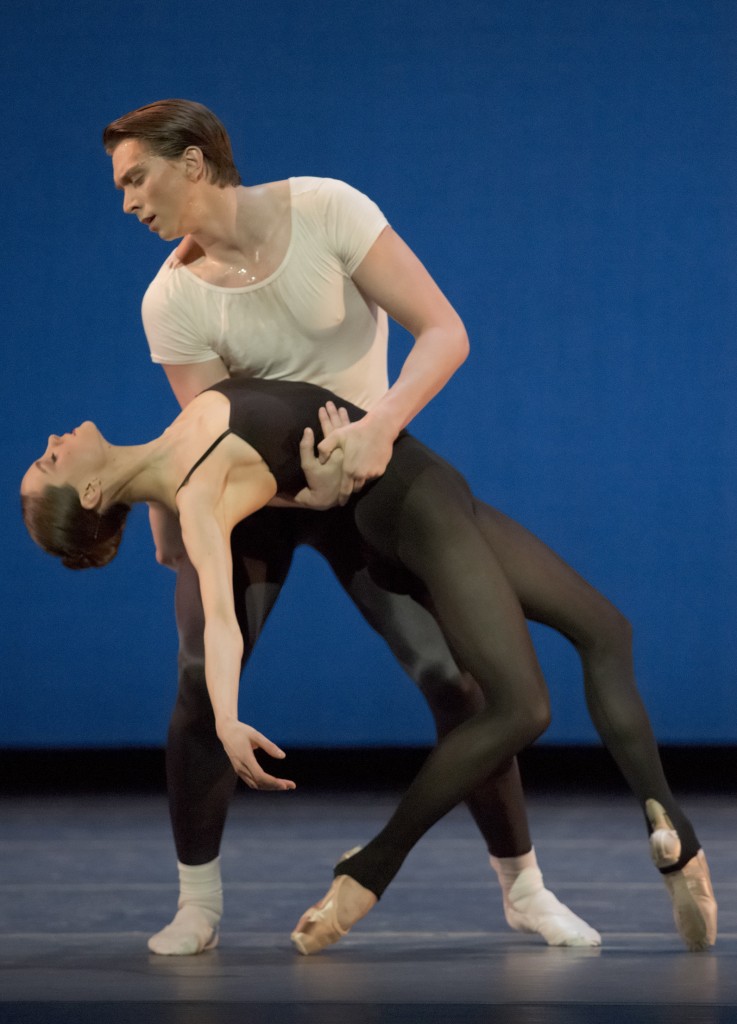 I had fully intended to leave the Newmark Theatre at the second intermission Friday night, having watched many companies (well, three) perform a ballet I don’t think really works. But I was curious to see how convincingly Iino and Chauncey Parsons would de-classicize themselves in Val Caniparoli’s blending of tribal dance and ballet. In movement that is antithetical to classical epaulement, Iino was terrific, Parsons had the right energy, and Yang Zou’s undulating shoulders looked like they’d been oiled at the joint.
I had fully intended to leave the Newmark Theatre at the second intermission Friday night, having watched many companies (well, three) perform a ballet I don’t think really works. But I was curious to see how convincingly Iino and Chauncey Parsons would de-classicize themselves in Val Caniparoli’s blending of tribal dance and ballet. In movement that is antithetical to classical epaulement, Iino was terrific, Parsons had the right energy, and Yang Zou’s undulating shoulders looked like they’d been oiled at the joint.
 The evening began with a clean, musical performance of Balanchine’s Divertimento No. 15; Mozart’s gorgeous score, in a piano reduction, was played elegantly by David Saffert. As a curtain-raiser, Divertimento works well for professional companies, too: the solos of the Theme and Variations show off the skills of individual dancers, and the group sections – the opening Allegro and closing Allegro Molto – reveal a cohesive corps de ballet. Clearly, SOBT is training dancers to feed the company, men and women both. I was particularly taken by the dancing of Jordan Kindell, a company apprentice, in this and everything else in which he danced, as well as Chloe Shelby in the First Variation.
The evening began with a clean, musical performance of Balanchine’s Divertimento No. 15; Mozart’s gorgeous score, in a piano reduction, was played elegantly by David Saffert. As a curtain-raiser, Divertimento works well for professional companies, too: the solos of the Theme and Variations show off the skills of individual dancers, and the group sections – the opening Allegro and closing Allegro Molto – reveal a cohesive corps de ballet. Clearly, SOBT is training dancers to feed the company, men and women both. I was particularly taken by the dancing of Jordan Kindell, a company apprentice, in this and everything else in which he danced, as well as Chloe Shelby in the First Variation.


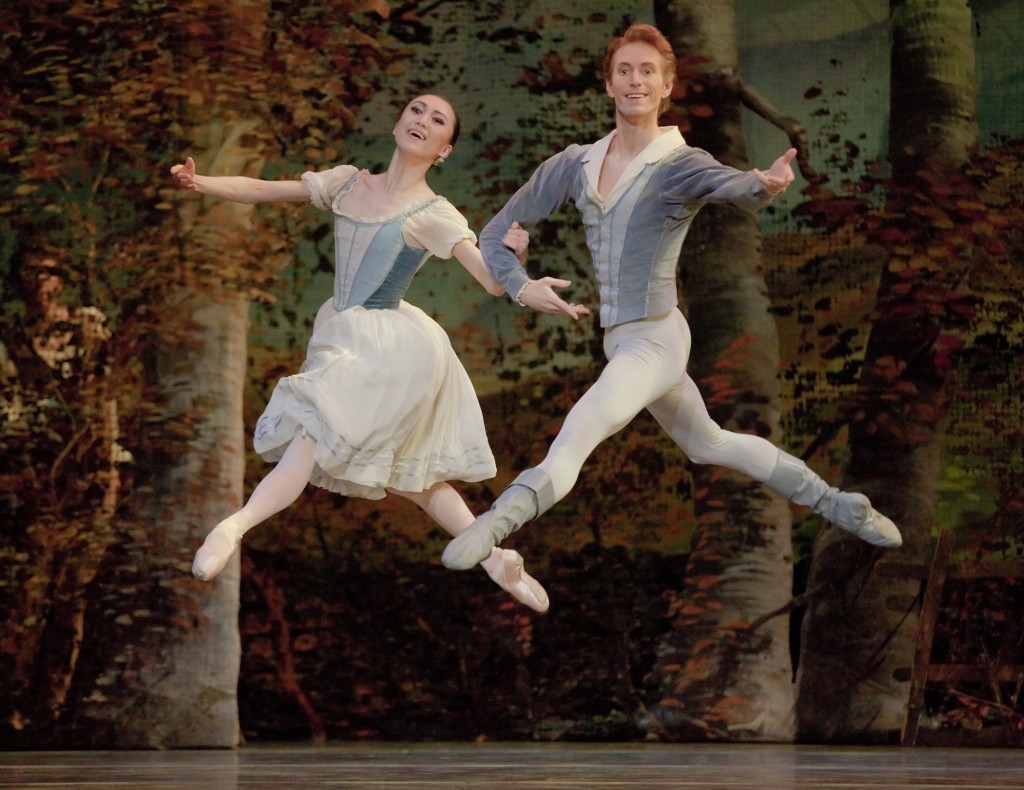
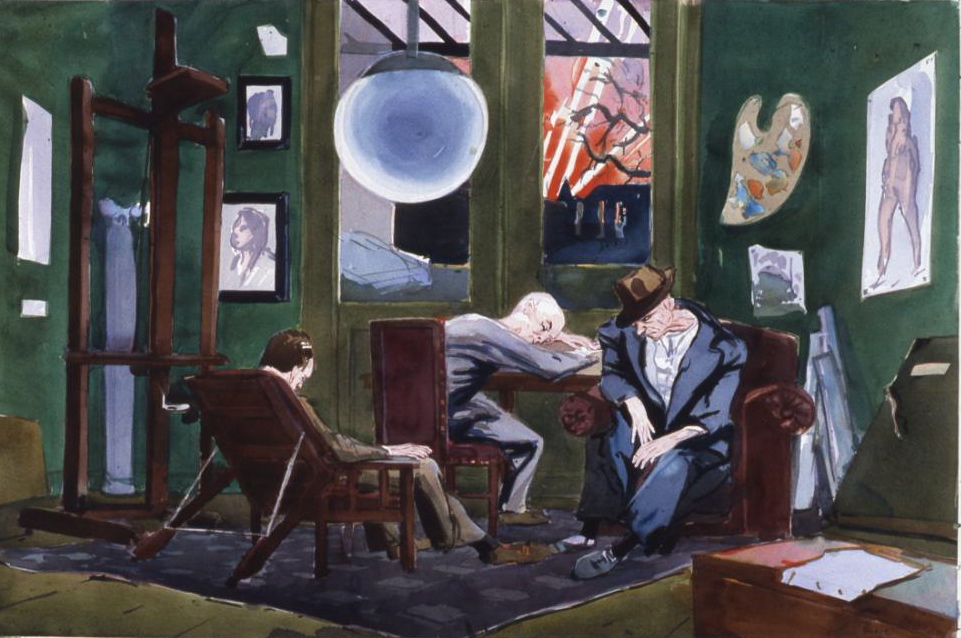
 A gathering at 2 p.m. Sunday, January 22, in the studios of Oregon Ballet Theatre (818 Southeast Sixth Avenue, Portland) will remember Mark Goldweber, who was company ballet master from 1988 until 1997, when he returned to the Joffrey Ballet, where he had been a dancer, to take up the same position. Goldweber, who was ballet master for Salt Lake City’s Ballet West when he died on December 9, was a superb dancer as well as ballet master. He set high standards for OBT that are still in place today.
A gathering at 2 p.m. Sunday, January 22, in the studios of Oregon Ballet Theatre (818 Southeast Sixth Avenue, Portland) will remember Mark Goldweber, who was company ballet master from 1988 until 1997, when he returned to the Joffrey Ballet, where he had been a dancer, to take up the same position. Goldweber, who was ballet master for Salt Lake City’s Ballet West when he died on December 9, was a superb dancer as well as ballet master. He set high standards for OBT that are still in place today.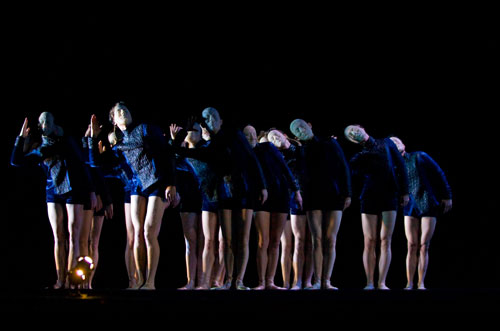 James McGrew
James McGrew Blaine Truitt Covert/OBT
Blaine Truitt Covert/OBT Still. Of course No Man’s Land is a play, but in its distillation of psychological and philosophical themes and its virtual abandonment of plot, which seems to have been dropped unceremoniously through a trap door in the stage floor, it takes on the musically suggestive qualities of dance. And of course Carmen is a ballet. But as Bizet and his opera librettists, Henri Meilhac and Ludovic Havely, devised it (they were working from an earlier novella by Prosper Merimee, who in turn may have been working from a narrative poem by Alexander Pushkin) the story is indisputably theatrical, a twisting and exciting tale of action and big moments leading thrillingly to tragedy. Stowell chose to keep those elements — indeed, Bizet’s music almost demands it — creating an uncompromisingly theatrical ballet. Fonte, working with Stravinsky’s jagged and compellingly modern score and incorporating a good deal of Fokine’s original movement style, took an opposite approach, distilling almost to the point of pure dance Petrouchka‘s sad folk tale of a puppet who comes to life, falls in love, and is murdered. (It’s a tough fate: all Pinocchio got was a long nose and a short stint in a whale’s belly.)
Still. Of course No Man’s Land is a play, but in its distillation of psychological and philosophical themes and its virtual abandonment of plot, which seems to have been dropped unceremoniously through a trap door in the stage floor, it takes on the musically suggestive qualities of dance. And of course Carmen is a ballet. But as Bizet and his opera librettists, Henri Meilhac and Ludovic Havely, devised it (they were working from an earlier novella by Prosper Merimee, who in turn may have been working from a narrative poem by Alexander Pushkin) the story is indisputably theatrical, a twisting and exciting tale of action and big moments leading thrillingly to tragedy. Stowell chose to keep those elements — indeed, Bizet’s music almost demands it — creating an uncompromisingly theatrical ballet. Fonte, working with Stravinsky’s jagged and compellingly modern score and incorporating a good deal of Fokine’s original movement style, took an opposite approach, distilling almost to the point of pure dance Petrouchka‘s sad folk tale of a puppet who comes to life, falls in love, and is murdered. (It’s a tough fate: all Pinocchio got was a long nose and a short stint in a whale’s belly.)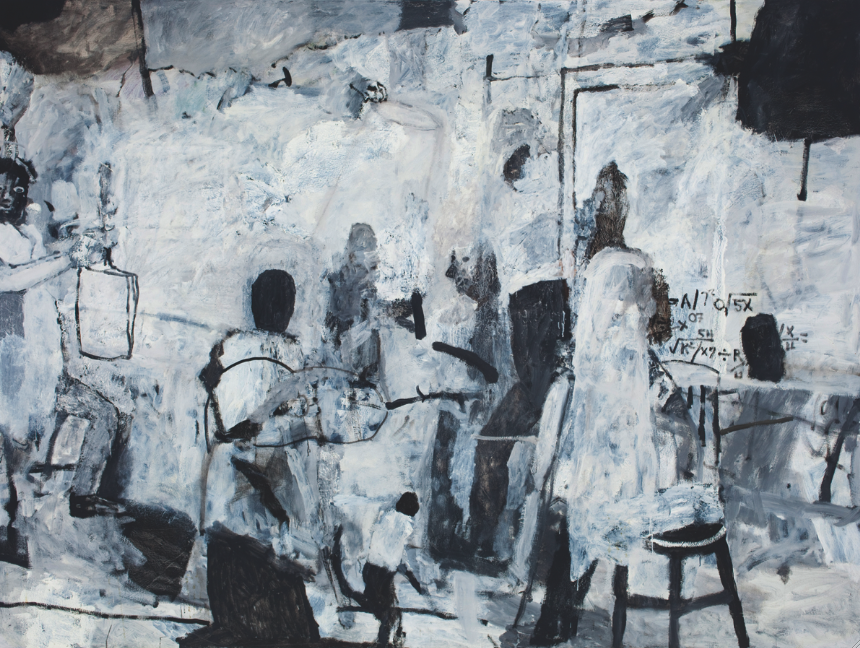 Tom Prochaska, So Much To Do, Froelick Gallery
Tom Prochaska, So Much To Do, Froelick Gallery